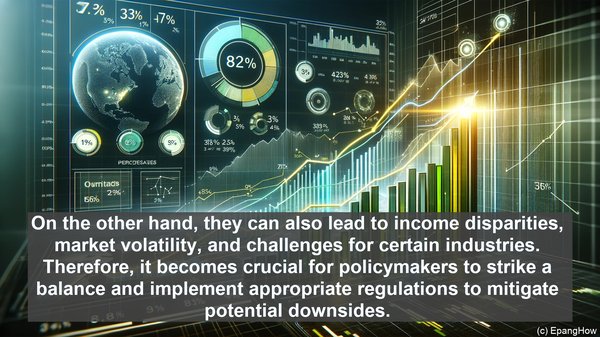Introduction: The World of Liberalization
Hello everyone! In today’s article, we’ll be exploring a topic that often sparks debates and discussions in the realm of economics: the difference between economic liberalization and market liberalization. While these terms might seem similar at first glance, they encompass distinct ideas and have varying impacts on economies. So, let’s dive in!

Defining Economic Liberalization
Economic liberalization refers to the process of reducing government intervention and control in the economy. It involves measures such as deregulation, privatization, and the removal of trade barriers. The underlying principle is to create a more open and competitive economic environment, allowing market forces to play a significant role in shaping the economy.

The Essence of Market Liberalization
On the other hand, market liberalization focuses specifically on the opening up of markets to competition. It involves removing entry barriers, promoting free trade, and encouraging foreign investment. The aim is to foster a dynamic marketplace where businesses can thrive, leading to increased efficiency and consumer choice.
Interplay and Overlap
While economic liberalization and market liberalization are distinct concepts, they are often interconnected. Economic liberalization, with its broader scope, can encompass market liberalization as one of its components. In other words, market liberalization can be seen as a subset of economic liberalization, with a specific emphasis on market dynamics.
Implications and Considerations
Both economic and market liberalization have far-reaching implications. On one hand, they can stimulate economic growth, attract investments, and enhance competitiveness. On the other hand, they can also lead to income disparities, market volatility, and challenges for certain industries. Therefore, it becomes crucial for policymakers to strike a balance and implement appropriate regulations to mitigate potential downsides.
